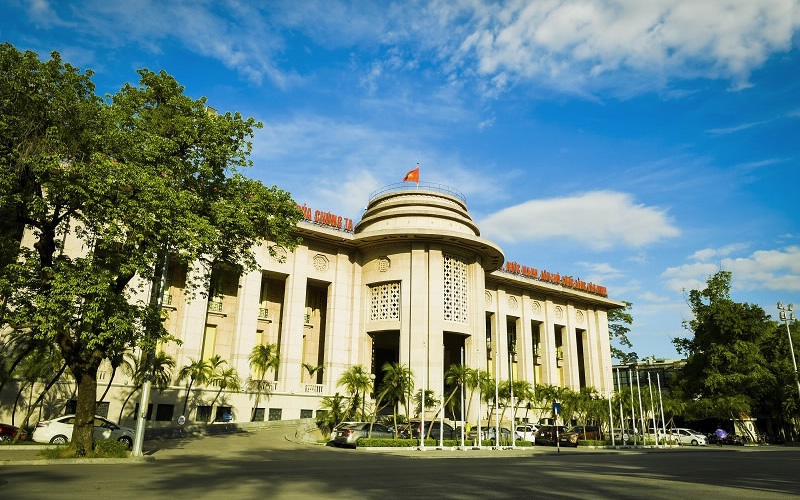Banking sector faces risks as growing credit channeled to real state
Credit pumping into real estate takes a large share in the total outstanding loans, following by corporate bonds and stock market.
High amount of credit channeled into real estate, stock market and corporate bonds continue to cause risks to the banking sector, requiring stronger measures to tighten outstanding loans into these fields.
| The State Bank of Vietnam. Source: SBV |
The State Bank of Vietnam (SBV), the country’s central bank, made the statement in its latest instruction to credit institutions and foreign bank branches on ensuring safety in banking operation.
“Banks should closely control their respective credit growth in line with growth quotas and current monetary-credit policies,” noted the SBV.
Under the instruction, the SBV expressed concern that there had been growing bad debt ratio among banks and consumer finance companies in 2020, while receivables from credit activities had surged against late 2019.
Meanwhile, credit pumping into real estate took a large share in total outstanding loans, not to mention the credit growth into this sector was higher than the overall credit expansion rate.
The SBV also pointed out a large amount of credit flowing into corporate bonds, of which firms later use these proceeds for real estate- related investment, as well as in stock market.
Regarding specific measures, the SBV requested banks to prevent credit from being concentrated on certain group of large customers, large scale real estate projects or for such purpose.
“Banks are required to step up risk management measures and stay cautious about providing credit at firms in localities having a surge in land prices or high-risk projects,” said the SBV.
The SBV called for banks to ensure greater efficiency in reviewing applications for consumer loans to reduce risks, while the same view is also applied for loans for investment in the stock market.
For customers being owners of build-transfer (BT), or build-operate-transfer (BOT) transportation projects, banks should balance their capital for mid- and long-term loans to maintain liquidity.
Credit institutions have the responsibility to supervise issuers of corporate bonds to ensure proceeds raised from this process being used for the right purpose.
The SBV expected banks to enhance credit quality and actively solve bad debts, saying these are key step for banking security.
At present, Vietnam’s ratio of M2 money supply (covering cash in circulation and all deposits) to GDP is at nearly 200% and the credit-to-GDP ratio 140%, the highest among five major economies in ASEAN.
Vietnam’s credit growth as of April 16 reached 3.34% against late 2020 and a surge of over 15% compared to the same period of last year.












